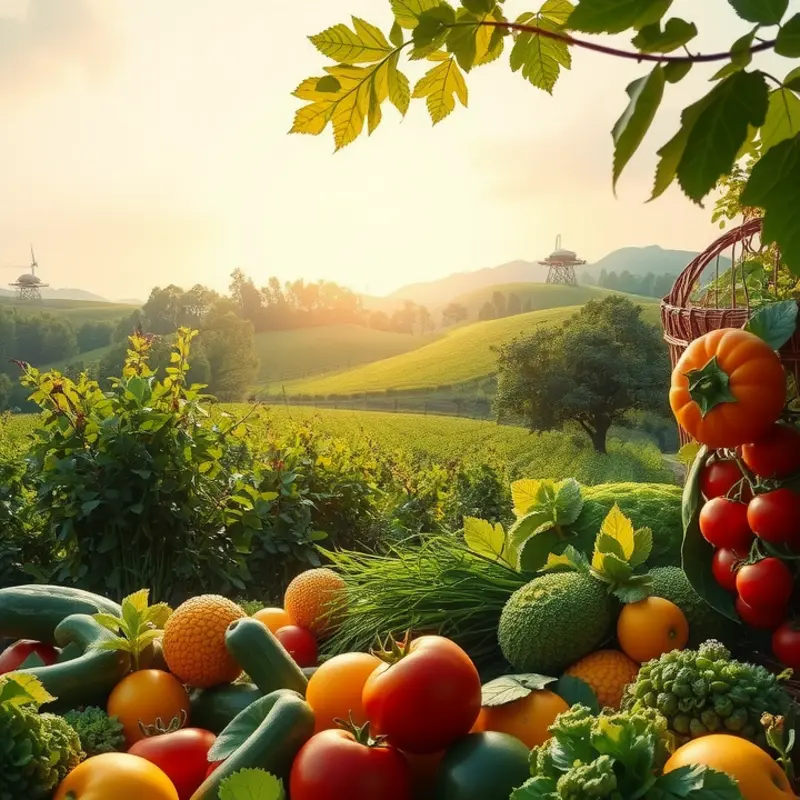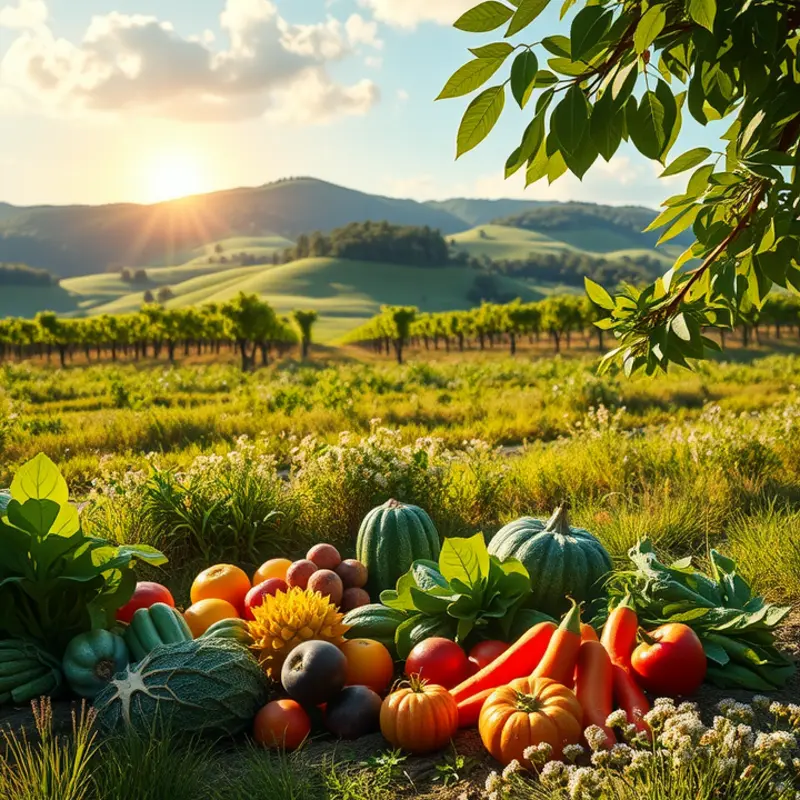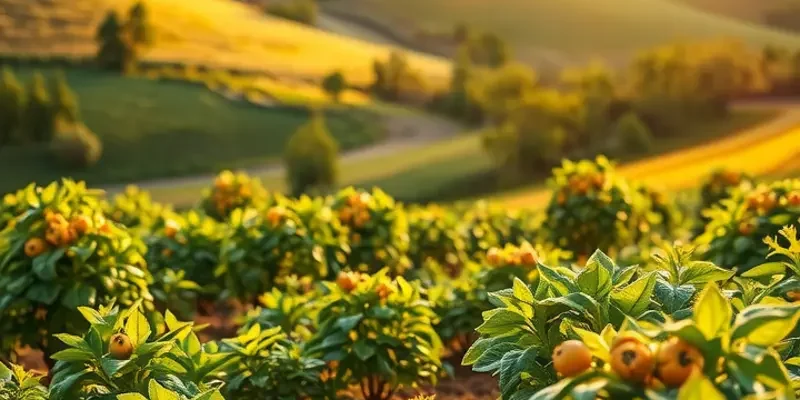Barbecue, a communal culinary tradition, transcends borders and embodies diverse cultures. From the smoky flavors of Texas brisket to the vibrant spices of South African braai, each barbecue style reflects local ingredients, cooking techniques, and heritage. Join us on a flavorful expedition to discover how different cultures celebrate grilling and the unique dishes that bring communities together.
Sizzle and Spice: Understanding Barbecue Traditions

Barbecue is an age-old culinary tradition that connects diverse cultures through its irresistible aroma and flavor. From the smoky backyards of America to the open-air grills of Argentina and the sizzling pans of Korea, barbecue reflects the essence of local traditions, deeply woven into the cultural fabric of these regions.
American barbecue varies in style across its regions, with each area priding itself on its unique approach. In the Southern United States, where barbecue holds near-sacred status, the method typically involves slow-cooking over wood or charcoal and using sauces to enhance the flavor. The Carolinas are known for a vinegar-based tangy sauce, while Memphis offers a more tomato-based sweet and spicy variant. Texas, a place where beef reigns supreme, often applies a dry rub before slow-smoking the meat, creating a crusty bark that is beloved by many.
In Argentina, barbecue, or asado, is more than just a meal; it’s a cultural event. Often celebrated as a social gathering, an asado involves grilling assorted meats, often including beef, pork, and sausages, over an open flame. The choice of wood, typically from native trees like quebracho, imparts a distinct earthy flavor. Argentine asados are characterized by their simplicity, focusing on the quality of the ingredients with seasoning kept to a minimum—often just salt. The asado is a tribute to the country’s cattle-rearing history, reflecting both communal spirit and fierce national pride.
Korea’s contribution to global barbecue traditions is the famous galbi, which showcases the country’s love for bold, savory flavors. Unlike its Western counterparts, galbi emphasizes marination, where beef short ribs soak in a flavor-profile rich in soy sauce, garlic, sugar, and sesame oil. The meat is then cooked over a grill or skillet, infusing its surroundings with aromatic steam. Barbecue in Korea is as much about the social experience as the taste, with friends and family gathered around the grill, sharing side dishes known as banchan to complement the feast.
Barbecue traditions are a reflection of people’s connection to their land and their creativity with accessible resources. The evolution and current practices in barbecue styles across regions highlight how food is an expression of identity and shared experiences. These cherished methods and ingredients not only provide sustenance but also carry tales of heritage and togetherness, creating bonds through the flames of each burning grill.
For more on how global culinary heritage shapes our food practices, you can explore this global culinary heritage guide. It offers a deeper understanding of how diverse cultures contribute to the world’s culinary tapestry.
Grilling the World: Techniques and Flavors

Grilling traditions are as diverse as the cultures they hail from, with each region imparting unique techniques and ingredients into their barbecue practices. These methods not only define flavor but also offer a glimpse into the culinary soul of a people. From the sultry streets of Rio de Janeiro to the bustling bazaars of the Middle East, grilling is more than cooking; it is an expression of identity and tradition.
Brazilian Skewers: The Brazilian “churrasco” is a testament to the nation’s love for grilled meat. Using skewers, often piercing hefty cuts of beef, brazilians harness the power of basic rock salt, with little else to interfere with the flavor of the meat. A charcoal grill imparts the characteristic smoky aroma, creating juicy, succulent skewers served with a side of farofa or vinagrete. With roots that trace back to the gauchos, it is less a dish and more a heartfelt celebration of familial and social bonds shared over a thriving fire.
Middle Eastern Kebabs: Transitioning to the Middle East, kebabs play a central role in the tapestry of regional cuisine. Whether referred to as kofta, shish, or doner, these skewered meats often feature lamb intricately blended with spices like cumin, coriander, and sumac. Grilling over wood or charcoal enhances the savoriness, with the key technique lying in the spice mix that speaks volumes about the geography and history of the land. Signature dishes such as the luscious lamb kofta kebabs often highlight the interplay of aromatic majesty and rustic grilling techniques.
American Ribs: Crossing over to the United States, a rich tradition of barbecue emerges, particularly in the southern states. American ribs are a hallmark, slow-cooked over wood or charcoal, infusing the meat with deep flavors. The choice of wood, such as hickory or apple, significantly influences the final taste profile. The regionally cherished “secret rubs” often contain a myriad of spices, transforming each bite into a satisfyingly savory experience. Of particular note is the use of slow-cooking techniques that tenderize the meat, making it fall off the bone effortlessly, capturing the essence of American culinary innovation.
Beyond these specific dishes, global grilling techniques diverge fascinatingly. In some cultures, stones heated for hours are used to cook meat, infusing it with earthy tones. Such techniques illustrate how grilling can encapsulate both sustainability and resourcefulness. Similarly, the diverse fuel choices used worldwide influence flavor profiles dramatically. For example, charcoal might impart a campfire smokiness, while certain woods like mesquite can introduce a notable sweetness. Each method amplifies the flavors inherent in the ingredient, making every barbecue a distinctly regional expression. This journey across cultures emphasizes not only the varied grilling techniques but also a shared human experience that, in essence, celebrates the joy of preparing and consuming food together.
For additional insights into global culinary dynamics, exploring other facets such as the Vietnamese culinary culture might enhance the understanding of regional influences in food practices.
Final words
Barbecue traditions are not just about food; they are a celebration of culture, community, and connection. From family gatherings around a grill to large public festivals, these communal experiences foster a sense of belonging. Discovering barbecue methods from around the world enhances our culinary repertoire and deepens our appreciation for cultural diversity. Take a step outside your culinary comfort zone—explore a new barbecue recipe or technique, and embrace the global flavors that bring people together.








